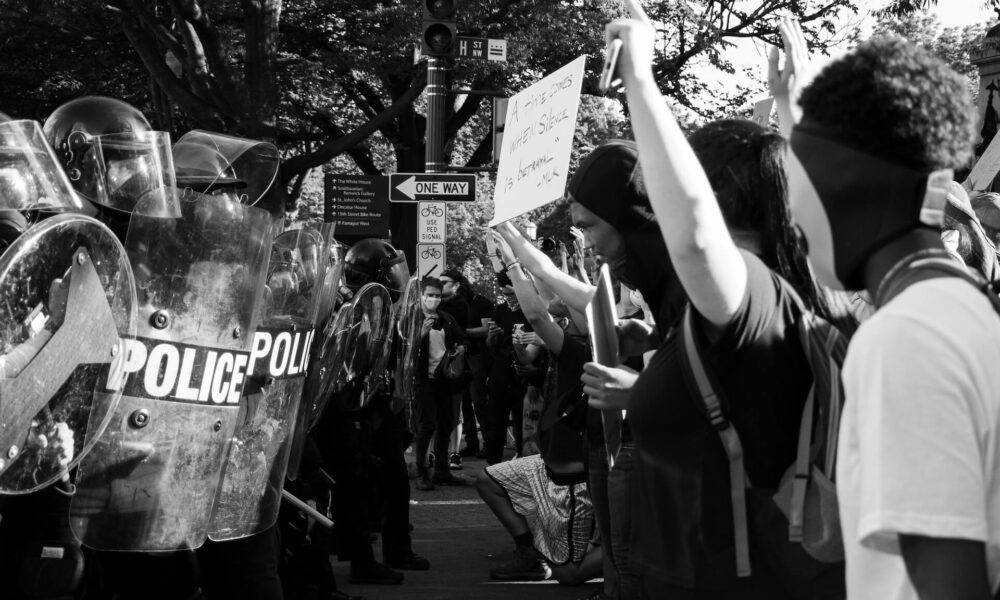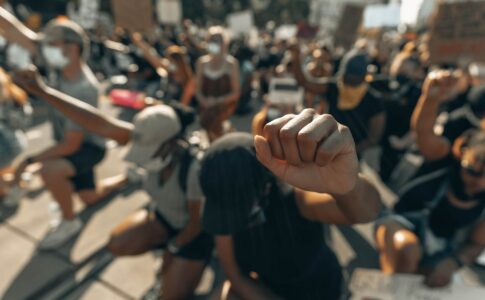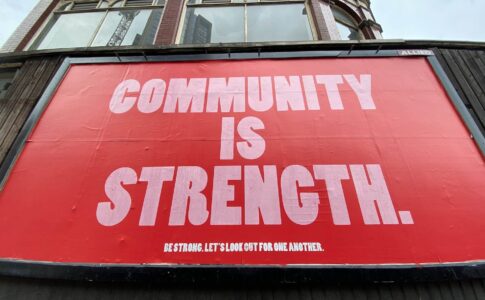As more people become aware of systemic injustice and actively engage in pushing for changes, the importance of protest on both a local and global level is increasing.
But to ensure that protests are effective, it’s necessary to focus not only on powerful messaging but also tactics, strategies, and follow-through. From direct action initiatives to grassroots organizing tools, this article will discuss the different ways activists can power through their protests with tangible results!
We’ll look at examples from recent events around the world such as Black Lives Matter demonstrations to gain knowledge about how successes have been achieved to help formulate an impactful plan for upcoming actions.
Read on to learn practical techniques that can help turn your next rally into an inspirational movement full of positive change!
What is a Protest and How Does it Work
A protest can take many forms, but at its core, it is a social protest where individuals come together to challenge the status quo. A protest is a way of standing up and fighting for justice in a public setting.
Protests can be peaceful or more aggressive, but the goal is typically the same: to raise awareness and draw attention to a specific issue.
Whether individuals are fighting for civil rights, environmental protection, or a more equitable society, a protest is a powerful tool for advocating change. By coming together and speaking out, protestors can create a sense of solidarity and make their voices heard.
Establishing a Clear Goal & Message
Protesting can be a powerful tool for making change in society, but it’s important to have a clear goal and message before hitting the streets. Without a solid plan, your efforts may be diluted and your message could be lost in the chaos.
Before organizing a protest, ask yourself: what do we hope to accomplish? Is there a specific issue or injustice we want to address? Once you have a clear idea of your goal, craft a message that resonates with your audience and clearly communicates the change you’re fighting for.
By standing up and fighting for justice with a clearly defined message, you’re more likely to inspire others to join your cause and enact meaningful change.
Effective Plan of Action
Developing an effective plan of action is crucial when it comes to making a lasting impact in any movement or cause. This is especially true when it comes to social protests, which can serve as powerful tools for standing up and fighting for justice.
It’s not just about showing up and making noise, but about strategically organizing and mobilizing people towards a common goal. A successful plan of action must take into account factors such as timing, location, messaging, and desired outcomes.
Without a clear plan, protests can quickly devolve into chaos or lose their impact. It’s important to remember that the goal is not just to make a statement, but to effect real change.
Creating Engaging and Visible Tactics
In a world where society is constantly struggling with many issues, standing up and fighting for justice requires innovative and exciting approaches to capture people’s attention.
Tactics such as dancing, chanting, and peaceful demonstrations have been used to disrupt the status quo and grab people’s attention.
It is important to create tactics that are both engaging and visible, as this can help increase awareness and support for your cause. With the right tactics, social movements can become powerful agents of change.
Utilizing Grassroots Organizing Tools
Grassroots organizing has long been a vital component of social movements, allowing individuals to stand up and fight for justice in their communities. Across the world, countless examples of successful protests have utilized these tools to create meaningful change.
By leveraging the power of grassroots organizing, activists have been able to mobilize larger groups of people, build stronger networks, and amplify their message to a wider audience. Understanding how to effectively utilize these tools is critical to creating impactful social change.
Recent Protests Around the World
Protests have become a ubiquitous sight, as people in different parts of the world continue to make their voices heard. Social protest, standing up against injustices and fighting for a better future, has become a cornerstone of democracy.
Recent examples of protests include the Black Lives Matter movement that swept the United States and other countries, demanding an end to systemic racism and police brutality. In Nigeria, young people took to the streets to protest against police brutality and corruption.
In Belarus, citizens are protesting against a rigged election that saw the president, Alexander Lukashenko, claim a landslide victory. These are just a few examples of how people are using their voices to make a difference, showing that protest is an essential tool for change.
Lasting Results & Follow-Through Strategies
Social protest movements have been at the forefront of some of the most significant changes in history. From the civil rights movement to the fight for LGBTQ+ rights, these protests have laid the foundation for lasting social change.
However, for these protests to be effective, there needs to be a comprehensive follow-through strategy to ensure that the desired results are achieved.
This involves more than just making noise and standing up for one’s beliefs; it requires a well-coordinated effort that calls for organizing, mobilizing, and actively engaging with the media and political leaders to bring about real change.
By applying these strategies, we can create a world where fighting for justice and protesting are sustained behaviors that lead to lasting results.
The power of a protest is amplified when individuals come together in solidarity. In a time when many feel their voices are not heard, it’s likely that more people will take to the streets or take up other forms of protest to fight for what they believe in.
If you care about an important issue, consider joining with your community in protest as a way to express your views and push for positive change.
Furthermore, if you do participate in peaceful protests, make sure you know your rights so you can protect them and continue to peacefully fight for justice on behalf of your cause. It is up to us all to work together and create a better society join the movement!




